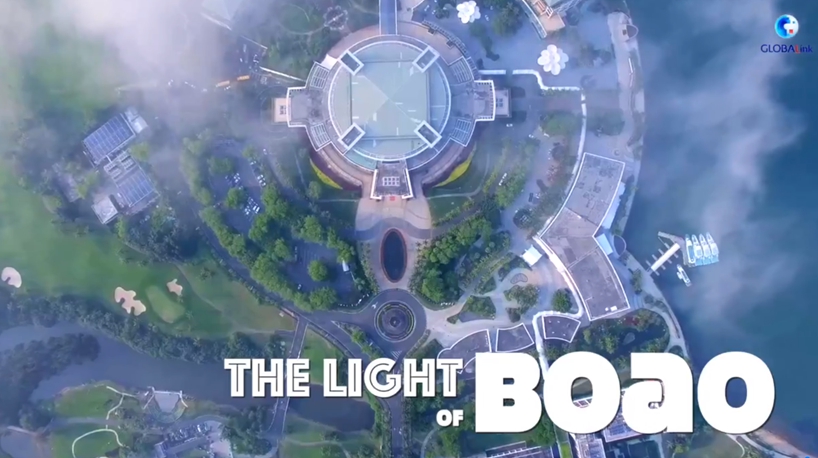A group of Kenyan eco-warriors have been removing plastic waste from Watamu beaches, crucial nesting sites for sea turtles, to save the majestic species.
NAIROBI, April 23 (Xinhua) -- The alluring beauty of Watamu beachfront, located on the northern edge of Kenya's coastal county of Kilifi, is the reason behind its fame locally and abroad.
And for life-long residents of serene villages near Watamu like Athman Abdalla, the picturesque area which is home to sea turtles and other flagship species is interwoven in their heritage and pride.
The 60-year-old father of six and a celebrated eco-warrior within Watamu area is on a mission to protect sea turtles which he admitted have been caught in the cross hairs of man's and nature's cruelty.
Speaking to Xinhua during a recent interview ahead of the World Earth Day observed on Friday, Abdalla regretted that mounting plastic pollution along Watamu beachfront has threatened the survival of the gentle reptiles.

Photo taken on March 27, 2022 shows a dead turtle at a Bamburi public beach in Kenya's coastal city of Mombasa. (Photo by Naftali Mwaura/Xinhua)
"We have been bumping into dead turtles in the beach most likely after choking with plastics and used fishing nets," said Abdalla who is a member of a grassroots network that has been clearing plastic debris from Watamu shoreline in a bid to protect sea turtles from injury or choking.
Abdalla and his peers are convinced that removing plastic waste from Watamu beaches, crucial nesting sites for sea turtles would boost efforts to save the majestic species.
To prove his commitment to saving sea turtles, Abdalla has also been educating local communities to desist from harvesting them for ornamental, medicinal and dietary purposes.
According to Abdalla, a minority coastal tribe has for centuries regarded sea turtles as a delicacy while harboring myths that their fat is an aphrodisiac and ideal for treating heart ailments.
Mohamed Omar, the principal scientist, Marine and Coastal Research Center at Wildlife Research and Training Center lauded community-led initiatives to protect sea turtles, whose survival is at stake amid poaching, industrial fishing, habitat destruction and loss of nesting beaches.
Omar said that Kenya has focused on law enforcement and has been engaging coastal communities in protecting nesting sites for sea turtles, including beaches and coral reefs.
As for Alice Kamau, a 26-year-old Watamu native, stumbling upon a dead turtle presumably after consuming plastics motivated her to participate in beach clean-ups and community education activities aimed at strengthening the protection of the migratory marine reptiles.
"I care about turtles but sadly, they are dying in large numbers from ingesting plastics. That is why we have been clearing plastic bottles from the beach as our contribution to the conservation of turtles," said Kamau.
For two years, Kamau said that she has been mobilizing women, youth and children to remove plastic waste and discarded fishing nets from the Watamu shoreline, in a bid to shield turtles from harm.
Plastics which comprise 58 percent of marine litter along the Kenyan coastline have emerged as an existential threat to the survival of iconic species like turtles, says Eric Okuku, a research scientist at Kenya Marine and Fisheries Research Institute.

Members of a conservation group based in Kenya's coastal County of Kilifi hold a turtle that was rescued by fishermen at Mida Creek, a marine protected area in North coast, Kenya, April 13, 2022. (Photo by Naftali Mwaura/Xinhua)
According to Okuku, 31 percent of an estimated 37,000 tons of plastic waste that enters the Kenyan coastline annually is recyclable, adding that the growth of the circular economy was key to taming the plastic crisis and protecting marine life.
At a turtle rehabilitation center run by Local Ocean Conservation, a Watamu-based not-for-profit organization, local fisherfolk affiliated with the center have aided the rescue of reptiles found floating in the ocean, after ingesting plastics.
Lameck Maitha, the rehabilitation center's coordinator said that some of the rescued turtles have physical injuries linked to entanglement by fishing nets while others have tumors or infestation by parasites.
He added that a sea turtle can only emit microplastics from its stomach through stool after being put on some antibiotics, adding that once the reptiles are free from solid particles and healed from physical injuries, they are returned to their natural habitat in the Indian ocean.
According to Maitha, a sea turtle that has consumed plastic has only 10 percent chance of survival.
The UN Environment Program (UNEP) in a report titled "From Pollution to Solutions: A Global Assessment of Marine Litter and Plastic Pollution" released in 2021 says that 11 million tons of plastic was entering the oceans every year, putting marine life at risk of poisoning, starvation, and suffocation.
Fikiri Kea Kiponda, a veteran conservationist in Watamu said that turtles often ingest but cannot digest plastics, thereby blocking their digestive system and airway, leading to fatal outcomes.
He said that educating communities on the need to clear plastic debris from turtles' nesting sites like beaches and coral reefs would aid their conservation and stabilize the marine ecosystem. ■












